The 9 Best Balance Board Exercises
- Must Read
Like most reviews sites, our editorial staff and laboratory testing expenses are partially offset by earning small commissions (at no cost to you) when you purchase something through those links. Learn More

Balance Board Exercises
Whether you already own a balance board, rocker board or wobble board, or are planning to buy one soon and are researching which one would be the best for your needs, this article will help you customize your own workout routine out of all the stretches and exercises that you can perform with your specific kind of board.
It should be noted that while our main focus as a reviews site is on ergonomic aids for the office worker—and we’re going to talk plenty about using a balance board at a standing desk—in this particular instance we’re going to focus primarily on things you can do with your board away from a desk, since a) that’s where a lot of its benefit will be realized, and b) not everyone who uses a balance board owns a standing desk.
But the first thing we’re going to talk about below is what kind of board you own or are planning to buy because there are four different types. For brevity, we’re going to use “balance board” as a generic term in most instances in this article, except where we’re saying something specific to one of the four specific types.
Types Of Balance Boards
Different types of balance boards are best for different activities. The best type for you depends on your skill level and how you want to use it. Not all of the balance board workouts below will work with every board, so it’s important to know which type you have. (See our expert reviews of all the Top-Rated Balance Boards for a great overview of what’s available in the market.)
Rocker board – A rocker board typically has a flat top surface with a semicircle base. This allows for a great amount of tilt, but limits movement to one plane: forward and backward. (See our expert reviews of the Top-Rated Rocker Boards.)
Wobble board – A wobble board typically is circular with one centered item on the base to allow for a great deal of movement in all directions, making it more challenging than a rocker board. (See our expert reviews of the Top-Rated Wobble Boards.)
Balance trainer – A balance trainer is the most challenging type of balance board. It typically is a flat top surface that rests on a separate balancing device, like a cylinder (though many that we’ve reviewed come with a wobble cushion to ease the learning curve). These are also called roller boards. (See our expert reviews of the Top-Rated Balance Trainers.)
Ergonomic balance board – This type of balance board is clearly the best when it comes to working at a standing desk because it allows for a great deal of movement without distracting the user’s focus, and remains inherently stable if the user needs to pause for concentration. It is the user that causes the board to move, as opposed to inherent instability causing the user to pay constant attention to staying balanced. (See our iMovR Gymba review as an example of this kind of board.)
Tips For A Balance Board Workout
Take it easy to start – Don’t overestimate your balance and just hop on one of these boards without something nearby to grab onto for stability if needed.
Consider the surface – Many balance boards have hard wooden surfaces, which may quickly lead to foot pain. Also, pay attention to the grip of a surface. You shouldn’t wear socks on a smooth surface because you could slip. Alternatively, you could invest in a good pair of grip socks if you really prefer using a board without shoes.
Consider your floor – Most balance boards are some form of a wooden board balanced on a base, the edges of that board will often slam down onto the floor when you get on, get off or lose your balance. They also tend to concentrate a great deal of pounds-per-square-inch of pressure on a rolling pin or mound of some sort, wreaking havoc on some floor finishes. It may be wise to place a rubber mat (or standing desk anti-fatigue mat, if you have one handy) underneath just to protect your floor).
The Best Balance Board Exercises
Below you’ll find the best balance board exercises we’ve seen, each with a helpful demonstration video.
Back Stretch
One of the most beneficial things you can do on a balance board is stretch. This is an especially good match if you’re working and don’t want to potentially work up a sweat with some of the other workouts below. Stretching improves posture, increases blood flow and helps your body in a host of other ways. Back stretches can be particularly helpful to counteract some of the damage from sitting for too long.
Best board: Any board with a soft, curved surface like the iMovR Gymba.
- To stretch your entire back, lay on the curved surface (if you’re using the Gymba, make sure it’s sitting with the carpeted side up). Take deep breaths and relax.
- For a lower back variation, move your knees slowly to the left or right of your body, while keeping your shoulders flat on the board. Bring your knees back up and move to the opposite side.
Calf Stretch and Calf Raises
After your back, your legs should be your next focus for stretching.
Best board: Almost all balance boards will work
- Place the toes of one foot on any raised edge of a balance board where you can hold a stable position. Lean into your front foot and feel the stretch. Switch feet and repeat.
- You can also easily work this stretch into a calf raise from the same position. Simply rise up on your toes.
Hip Hinge
This exercise helps to improve balance while strengthening your feet and leg muscles.
Best board: Rocker, wobble or ergonomic balance board
- Start with your feet placed on the balance board like when you’re standing normally, then move your heels back slightly.
- Cross your arms on your chest and keep your knees soft.
- Shift weight toward your heels until the edge of the board comes into contact with the ground. You should feel stretching in the back of your legs, not your lower back.
- Squeeze your legs to come back up to a balanced position, then repeat.
Plank
Simple, effective and low-impact, there’s a reason planks are so popular as a core workout. There are also dozens of variations to planks to change difficulty and/or area of focus.
Best board: Almost all balance boards will work
- The easiest variation is an assisted plank. Lay on the floor with your elbows under your shoulders and palms flat on the balance board. Keeping your knees on the floor, slowly raise yourself until your body is in a straight line from your knees to your head.
- For a standard plank, place your toes on the floor instead of your knees.
- For a more challenging variation, you can alternate raising your knees to your chest while in the plank position
- For yet another challenging variation, you can rotate the balance board with smooth half circles. You’ll need a board that can easily swivel.
Push-ups
Another classic, the push-up strengthens much of your upper body in one exercise. Adding a balance board really helps to engage your core.
Best board: Almost all balance boards will work
- You can start with an assisted push-up for a more moderate alternative. Lay on the floor with your elbows under your shoulders and palms flat on the balance board. Keeping your knees on the floor, slowly raise yourself until your body is in a straight line from your knees to your head.
- Lower your body until your chest nearly touches the balance board then push yourself back up.
- For a variation, you can try decline push-ups. Assume a push-up position with both of your feet on top of the balance board.
- Lower your body until your chest nearly touches the balance board then push yourself back up.
Crunches
Crunches work a large portion of your core muscles.
Best board: Any board with a soft, curved surface like the iMovR Gymba.
- Lie down on your back with the balance board under you. Place your hands behind your head and interlock your fingers.
- Contract your abs and inhale. Exhale and lift your upper body. Keep your head and neck relaxed.
- For a more challenging variation, elevate your feet onto an unstable surface. Wobble and rocker boards will work great for this variation.
Single Leg Balance
Balance exercises improve your stabilizer muscles and can help to prevent injury.
Best board: Almost all balance boards will work
- Position one foot over the center of the board with your other foot raised. Engage your abdominal muscles and then your leg muscles to give you a firm stance on the board. Then switch legs.
- For a more challenging variation, you can close your eyes.
Squats
Doing squats can help to improve balance and coordination by strengthening your leg muscles.
Best board: Almost all balance boards will work
- Carefully step onto the board with feet hips width apart. Bend your knees and squat down and back as if you were sitting into a chair. Keep your weight on your heels and keep your core tight. Straighten your legs and squeeze your butt to come back up.
- Repeat 10 times.
- Stand on the board normally, then bend your knees and squat down. Then raise yourself back up.
- Keep your weight on your heels and keep your core tight.
Foot strengthening
Keeping your feet strong is very helpful for balance, coordination and overall health as your exercise more. While this exercise isn’t technically done on a balance board, it will definitely improve your balance board use by making you more stable and allowing you to stand on a board longer without foot pain.
- Lay down a towel and put your foot on the edge nearest to you. Slowly pull the towel back toward your foot by curling your toes.
- For a more challenging variation, you can add a water bottle or some other weight on the towel opposite your foot.

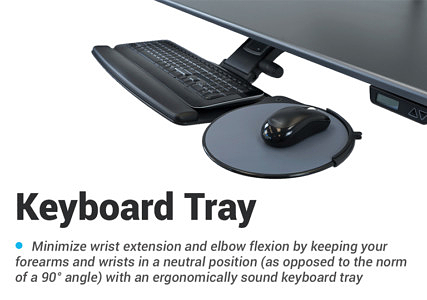
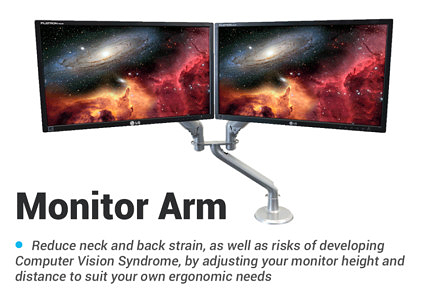
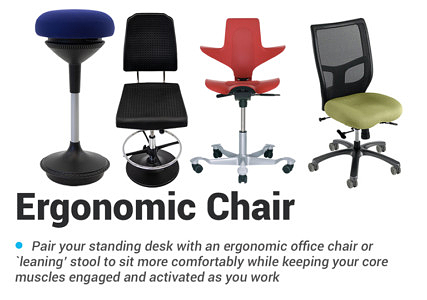
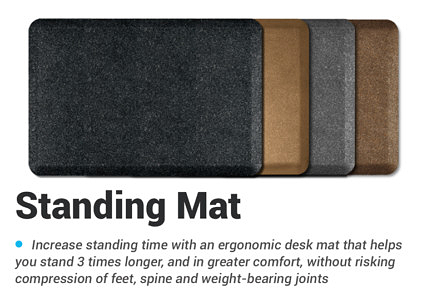
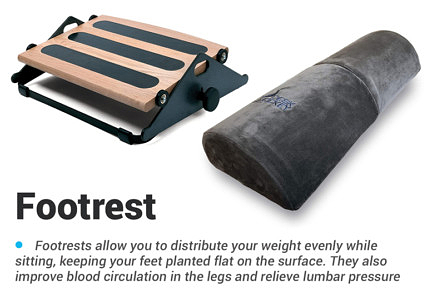
0 Comments
Leave a response >